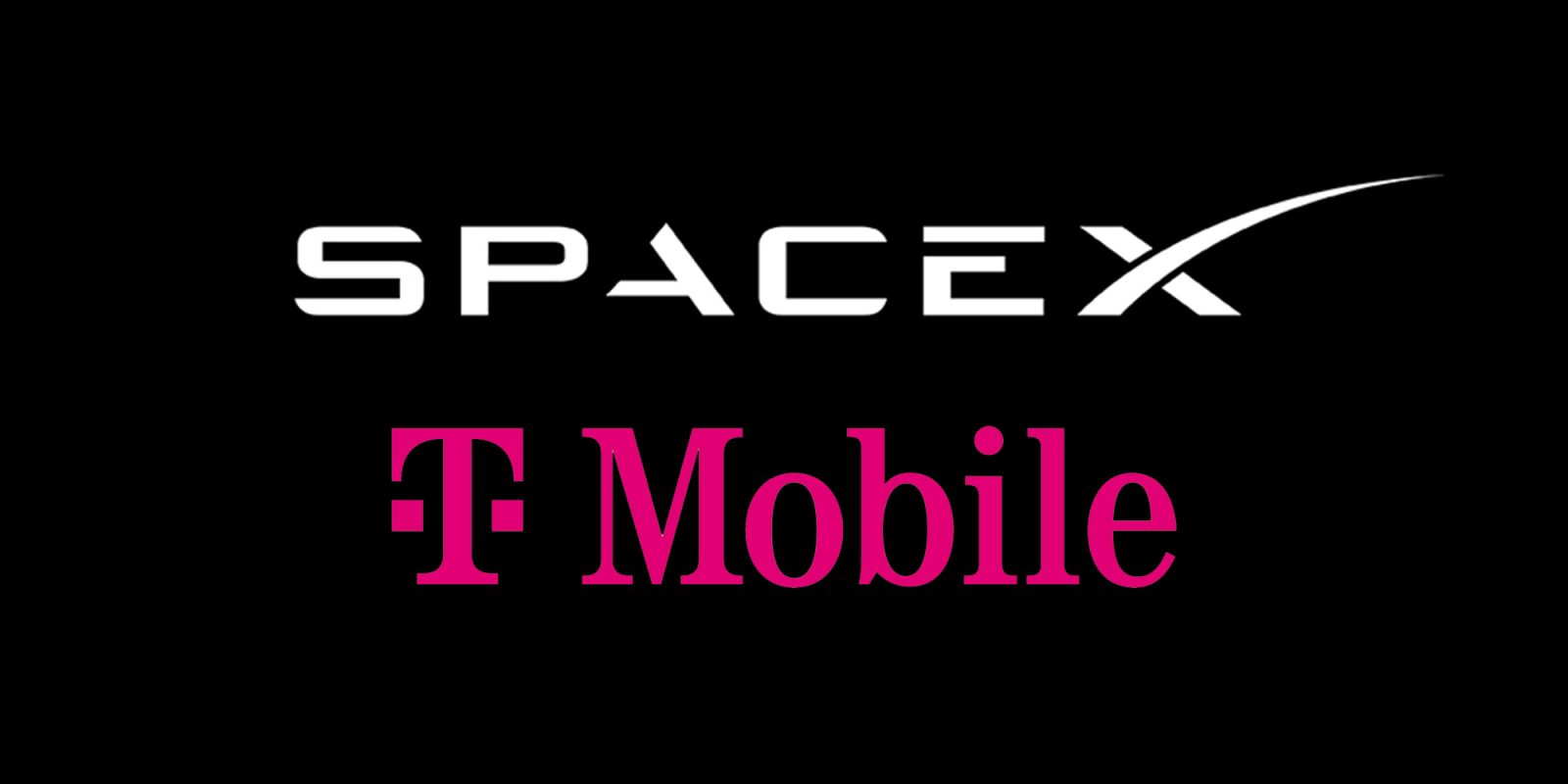
Yesterday, SpaceX and T-Mobile announced they would be holding a big event. With Musk hyping up the event as “something special” and “big news,” speculation was rife on Twitter with guesses as to what the big announcement could be. Now, it is clear that the announcement lives up to those expectations, as T-Mobile and Starlink announced Coverage Above & Beyond – a direct Starlink connection to existing phones that will bring cellular connectivity anywhere in the world, regardless of how close you are to any cell tower.
SpaceX started the presentation by highlighting the needs for communication as “nearly 20% [of the US is] unreachable by traditional wireless networks.” Starlink’s main terminals bring high-speed internet to those locations, but are large, expensive, and require a clear line of sight to the whole sky.
With this latest move, T-Mobile aims to totally eliminate mobile dead-zones by integrating their existing mid-band PCS spectrum into Starlink V2 satellites launching as soon as next year. This will allow phones to connect directly to the satellites, without any changes needed to those phones. This will allow MMS and SMS text messages, and eventually voice and small amounts of data, anywhere in the world. T-Mobile also announced that it plans to include this service on its standard plans, for no additional or increased cost.
The speeds and connectivity are far more limited than the full-size terminals or standard 4G or 5G connectivity – there will be just two to four megabits of bandwidth per cellular zone. While this is very slow, this partnership will provide life-saving connectivity when needed. Of course, to connect to such small antennas on the ground, large and powerful antennas are needed in space. This will come with the second-generation Starlink satellites, which are set to launch on SpaceX’s Starship rocket. These new antennas for T-Mobile’s spectrum will be in addition to the Ku and Ka-band antennas for SpaceX’s Starlink terminals, and the laser links that allow high-speed communication between the satellites. Folding out from the main body of the much larger V2 Starlink satellite, the cellular antennas will be “roughly 25 square meters.” Musk also clarified that V2 Starlink satellites will not launch on Falcon 9, but there could be an interim satellite that could fit into the rockets’ smaller fairing if Starship is delayed more than expected.
This won’t go live for some time, with the earliest connectivity expected in late 2023. While this partnership is between SpaceX and T-Mobile, the two companies shared aspirational plans for “reciprocal roaming,” where other carriers will share parts of their spectrum for use on Starlink satellites, so as many people as possible have mobile satellite connectivity in as many locations as possible.
T-Mobile also said in response to a press question that they are “open to” using Starlink for some of its data backhaul, though it doesn’t have specific plans at the moment. Using Starlink for backhaul could help bring higher-speed data into even more rural areas.
While there was speculation about Apple bringing satellite connection to the iPhone ahead of the launch of the iPhone 13 and once again with iPhone 14, with these satellites using existing bands, any additional hardware or software won’t be necessary – direct satellite connectivity will work with existing iPhone and Android devices.
FTC: We use income earning auto affiliate links. More.





Comments